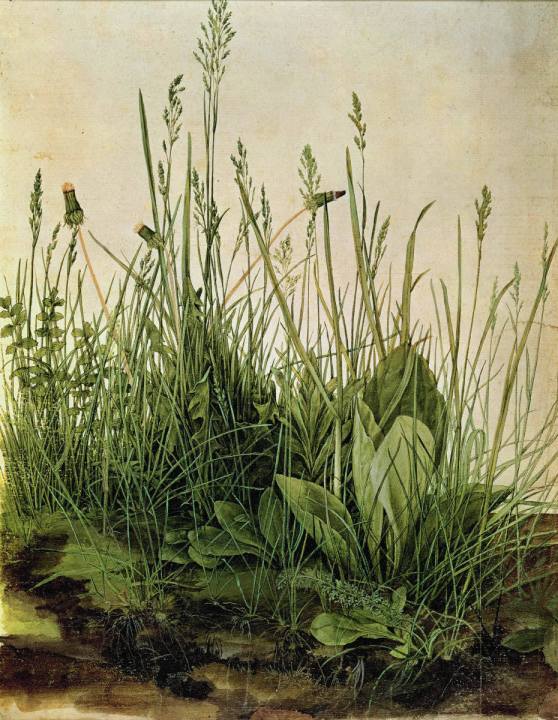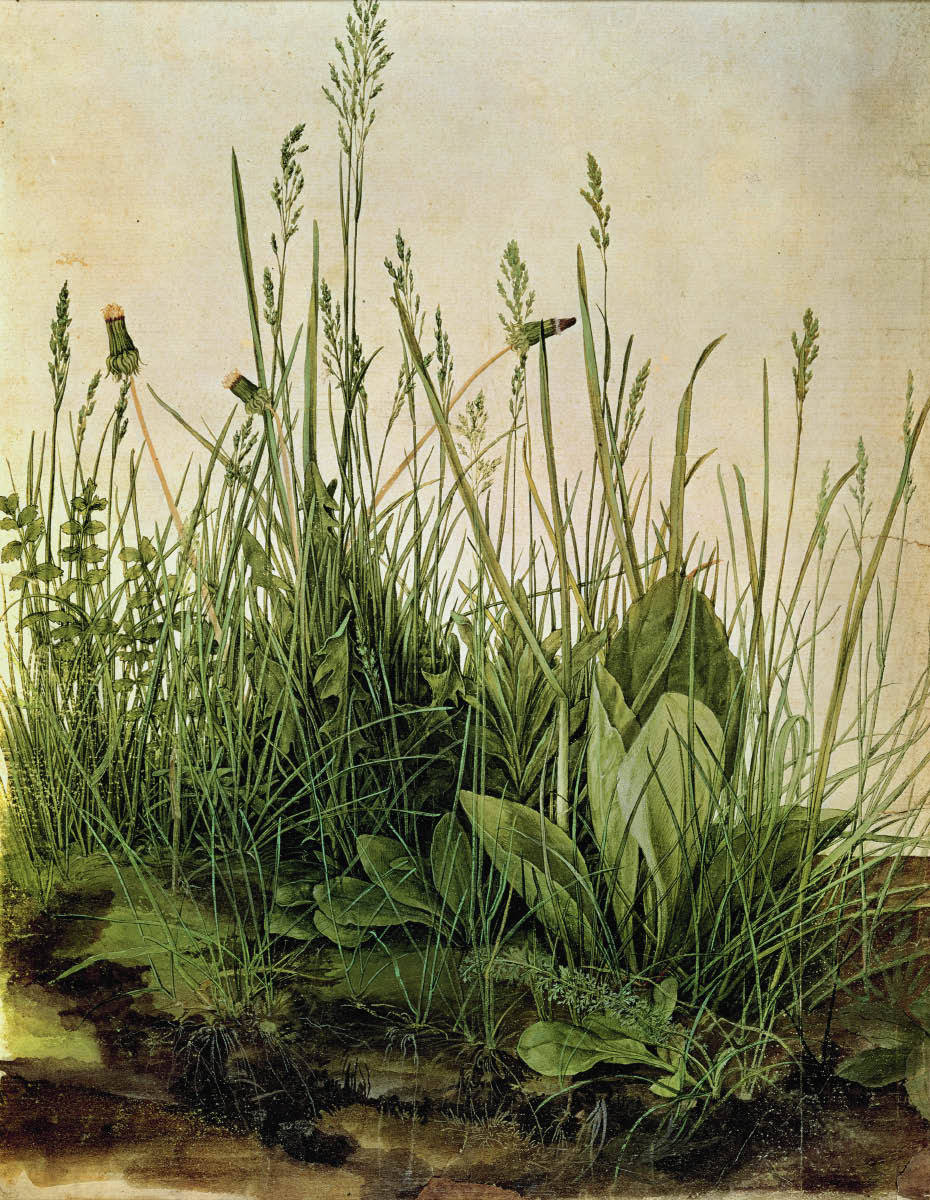‘Feather footed through the plashy fen passes the questing vole.’ Nature writing used to be a subject for ridicule.
‘Feather footed through the plashy fen passes the questing vole.’ Nature writing used to be a subject for ridicule. Evelyn Waugh, the arch sneerer, might have found it harder to parody the modern breed of literary naturalists.
Richard Mabey is perhaps the best known English author of recent fashionable books about the natural world. He belongs to a group of new naturalists which includes Robert Macfarlane the Cambridge don, Kathleen Jamie the poet, and the late Roger Deakin. They are all intellectuals, whose pitch is more observant and scientific than romantic. Wordsworth inspires them less than John Clare, whom Macfarlane once described as ‘a hider-away, a lane-haunter, a birds’-nester, a field-farer’. Unlike Clare, they are not labourers, but walkers and observers, and Mabey is so observant that he often resorts to a microscope to inspect a plant.
‘Context, Mabey says, ‘is everything’. We have ideas about where things should be — a sort of horticultural class system. Americans visiting my garden one year failed to share my enthusiasm for a single plant of Mertensia virginica. ‘Back home,’ they said, ‘that’s a weed’. Over time, as well as space, the definition of what is welcome and what is not has also changed. Mabey is excellent on the history of weeds. The one that makes most gardeners despair is ground elder, which the Romans cultivated to eat and as a cure for gout.
For Japanese knotweed we have to blame the Victorians who introduced it to our gardens. William Robinson, the wild garden innovator, loved this exotic, which it is now illegal to grow and almost impossible to eradicate. Trials of an insect predator which started this year may be the answer, but no one yet knows what else it will eat. Sorrel, much valued for cooking, may also succumb. Mabey tends to believe that as weeds have been our constant companions, they have a right to live, that they are part of the ecological system. He wonders if weeding encourages weeds and implies that we might learn to live with them.
One of the things this book is most about — and it is about plenty — seems to be change and decay. The veneer of civilisation that lies so thinly over the wilderness can vanish all too soon. Weeds jump from tarmac or concrete or stone, as well as the places that humans have abandoned to old cars and tin cans. Like Piranesi’s monuments sinking under greenery, the book is full of images of solid places capsized by weeds. The ‘creeping buttercup, chickweed, marestail, dock knotgrass and a host of other familiar weeds’ that lay deep in Stone Age soils under London were back on top after the Blitz. Bracken carpeted the nave of St James’s in Piccadilly after it was bombed. Reseda luteola, the plant the Romans used for yellow dye, surfaced after the excavation of a 2,000-year-old Roman site near Cirencester.
Weeds are survivors and their techniques for survival include producing more seed than most, like poppies and rosebay willowherb. In inhospitable places where the ground has been compacted by cattle or machines, plantains and docks will appear. Adaptibility is a weed’s best trick. Wild oats can mimic two sorts of barley. Among over- wintering barley it starts life as flat rosettes, but where it grows among a tall spring crop the oats will shoot up straight.
Mabey is strong on the habits of plant- life, but he is also well-informed and widely read. He ranges over Genesis, Shakespeare, and Lieber and Stoller, who wrote songs for Elvis and one for the Coasters about poison ivy, which includes the line, ‘You gonna need an ocean of calamine lotion’. The painters Dürer, Claude, Landseer and Gainsborough get a mention, and there are references to a range of novelists. Hardy, Penelope Fitzgerald, Will Self and Posy Simmonds all pop up in the pages of Weeds.
It is a clever book and I enjoyed the mass of information and the scattergun take on the topic. It is also a fashionable book. Weed-worship is very now. The newest park in Manhattan, the High Line, which was for years an abandoned railway track is currently being planted up by Piet Oudolf, the Dutch landscape-gardener, to mimic weeds growing on a rail road.
As a gardener I remain unconvinced that weeds are the way forward, but if you want entertainment and an introduction to the enemy, Mabey is your man.







Comments